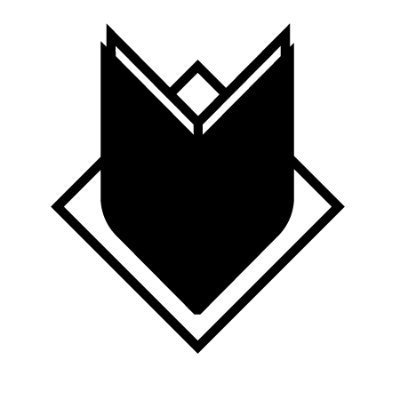REVIEW: Dead Rabbit #1 by Gerry Duggan, John McCrea, Mike Spicer, & Joe Sabino
Dead Rabbit #1 is out 10/3.
By Bo Stewart — 2018 has been the best year of Gerry Duggan’s comic writing career. He wrapped up a long (and excellent) run on Deadpool, he’s currently writing Infinity Wars—the biggest Marvel event of the year—and his Image title Analog was optioned as a feature film. Quite the list of accomplishments. Duggan keeps his win streak going with the debut of his crime thriller Dead Rabbit.
Reminiscent of films like The Town and The Departed, Dead Rabbit is a blue collar, Boston-centered crime story. The issue opens with a newsreel telling us Dead Rabbit was an “equal opportunity offender”. Didn’t matter if you were a bank, a drug dealer, or Fenway Park. If you had a large supply of cash on hand, chances were that Dead Rabbit was coming to pay you a visit. But that was years ago and the thief has since retired. The opening pages show us several different venues (a police station, a dive bar, a prison, etc.) tuning into the newsreel, thereby establishing that although he was a criminal, Dead Rabbit was well respected. Somewhat like a poor man’s Robin Hood.
Really, all of Boston seems to miss Dead Rabbit, but this is especially true of the former thief himself. Dead Rabbit’s real name is Martin, and he’s finding that he might not be cut out for retirement. Money is an issue for him, and he’s secretly holding a greeting job at Wal-Mart, which isn’t solving the problem fast enough. Martin is slowly but surely finding himself sucked back into a life of crime. When a customer is carting around all the items necessary to dispose of a body, Martin just can’t sit on the sidelines anymore.
Artist John McCrea does an excellent job of communicating Martin’s discontent. The pages where Martin is the Dead Rabbit are far more dynamic and visually engaging than the scenes where he is at home or at work. Martin is his best self when he is the Rabbit and the visual storytelling emphasizes this point in some really creative ways.
In general, Dead Rabbit #1 doesn’t attempt to pave a bold new path in the crime genre. It leans heavily on tropes like the retired criminal forced back into the game and a criminal does bad things but is loving to his family. There’s nothing necessarily new here, but this is still a first issue that is undeniably well executed.
Overall: The debut issue of Dead Rabbit does an excellent job of introducing the characters, if not the conflict. Martin is crawling back to his life as Dead Rabbit, which is an interesting start, but Duggan hasn’t taken us too far down the rabbit hole just yet. 7.0/10
For more comic book reviews, check out our review archives.
Bo grinds for the man by day so he can create comics by night. He is the lesser half of the Stewart Brothers writing team and can be found on Twitter and Instagram @stewart_bros







